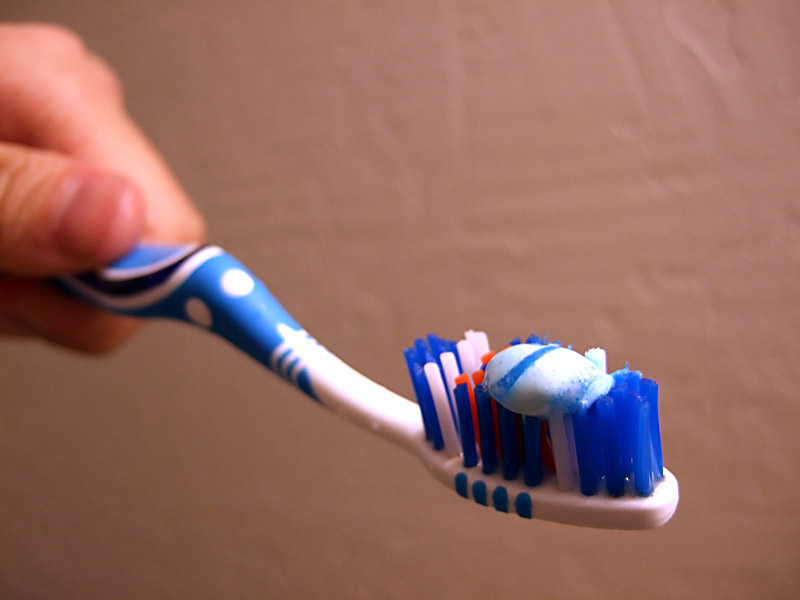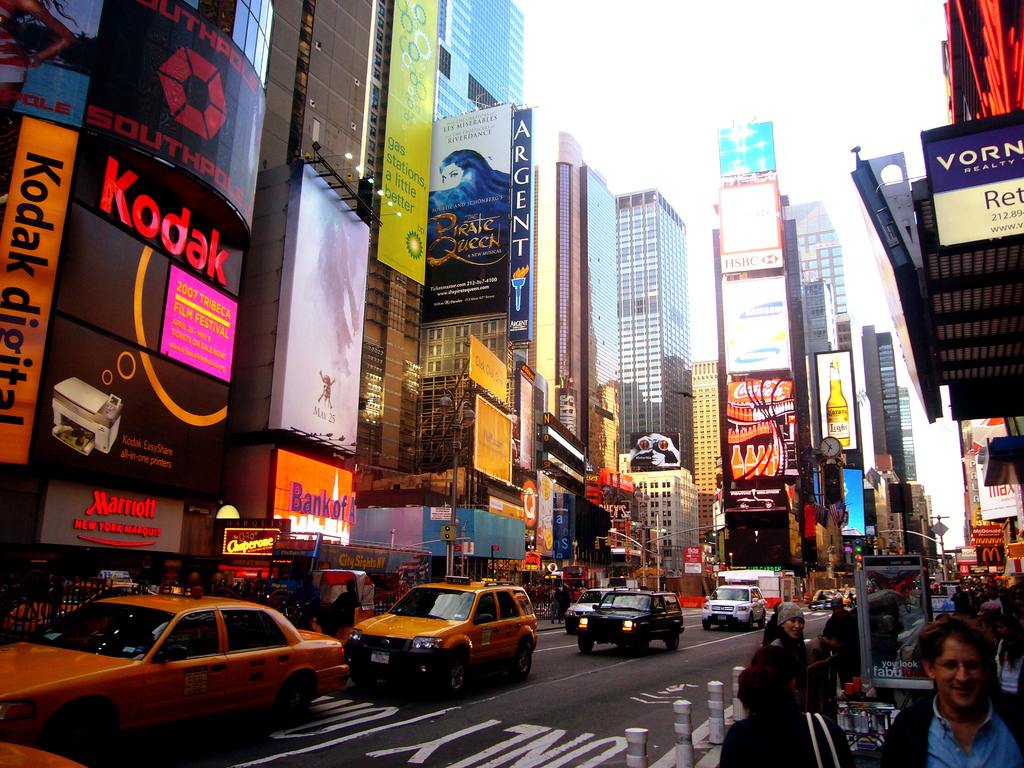How Will Climate Change Affect Your Life?

The millennial generation has grown up with “dire” warnings, Oscar-winning films, and vigorous debates about the realities of climate change and the ways in which human beings play a part. This winter, Paris hosted COP21, the latest climate change summit in a long succession of climate conferences. Historically, these gatherings have been regarded as largely inadequate, until the most recent COP21, which was able to produce a global agreement to limit temperature change. This recent agreement will hopefully limit the fluctuation of climate, sea levels, and natural disasters.
Climate change is an incredibly complex issue that permeates nearly every aspect of 21st century existence, and the negative impacts of humanity’s carbon footprint are enormous. Despite this, even people who have grown up aware of the problems remain disconnected, as it is difficult to relate to the environment on the small scale of daily existence. However, the most common student experiences are inherently unsustainable if humans continue to strain the planet. The 16 bowls of ramen a student eats during any given week, the Starbucks chugged on the way to class, the lipstick put on to go dancing, the painfully expensive textbooks, and the perpetually present iPhone will all be wiped out because of the consequences of climate change. Here are just a few aspects of daily life that people may have to get used to going without because of climate change.
Image Credit: Angie Armstrong via FlickrFood: Shrimp Ramen
Shrimp Ramen includes shrimp powder in its flavoring packets. Most shrimp are cultivated in inlets off the coast of Southeast Asia in man-made salt-water estuaries. When shrimp farmers introduce salinity into areas such as rice paddies and freshwater estuaries that are unaccustomed to salt, this damages rice farms and natural habitats near the shrimp sites. The result is ‘salt scorching,’ where the ground is rendered infertile by the salinity in the water. Nutrients and organism are essentially burned away by the salt water, a phenomenon offering us a glimpse of the effects of rising sea levels. If the seas were actually to rise because of climate change, the flooding would not only damage numerous organisms, such as rice plants and waterbird populations, but also destroy all shrimp farms as well, as the salinity would become too high for even those organisms.
Image Credit: James Warwick via FlickrBeverage: Starbucks Coffee
Coffee, for better or worse, is an enormous part of everyday student life, and of course, Starbucks is the ultimate source of coffee. Unfortunately, Starbucks underperforms environmentally in its water use. Water will undoubtedly be restricted in the future. Because of climate change and pollution, the world’s water is less clean and being unequally distributed. In total, Starbucks uses over seven million gallons of water per day, citing the precedents set by global health legislation. Coffee growing and production might not be immediately affected by water shortages, but the to-go coffee business would grind to a halt if water use is restricted.
Image Credit: Sara via FlickrMake Up: Red Lipstick
Beeswax is used in various lipsticks. In the past decade, bee populations have been seriously damaged by blights and changes in temperature and quality of air. Not only will beeswax become unavailable, but bees dying off means we’ll also lose some of our favorite foods that depend on pollination to exist (nuts, fruits, vegetables, and chocolate are just some examples of foods you can wave goodbye to).
Image Credit: Kenneth Lu via FlickrLifestyle: Toothpaste
Toothpaste is made with sorbitol, a derivative of corn. All corn by-products are in danger of being wiped out, as climate change is expected to affect the growing cycle. A 2011 study found that corn production is 3.8% lower than it would be in an environment without climate change. Obviously, the margin will only grow as the climate continues to warm. We will also lose products like matches, aspirin, and tires.
Image Credit: Sanofi Pasteur via FlickrHealth: Infectious Disease
Medicine has advanced dramatically in the past century, especially with the development of immunizations and antibiotics. However, humans still struggle to address various parasites and infectious diseases, such as malaria, yellow fever, cholera. The Wildlife Conservation Society is charting the health of wild animals around the world, and their research indicates that the rising temperatures caused by climate change result in more disease.
Image Credit: kaysha via FlickrGeography: New York City
New York City is just one of many coastline cities; however, a study by the U.S. Geological Survey has marked New York as particularly endangered. The study states that the East Coast of the U.S. will experience rising sea levels three to four times faster than the global average. The ocean could surge up to six feet in the next 85 years with incalculable flooding and devastation.













